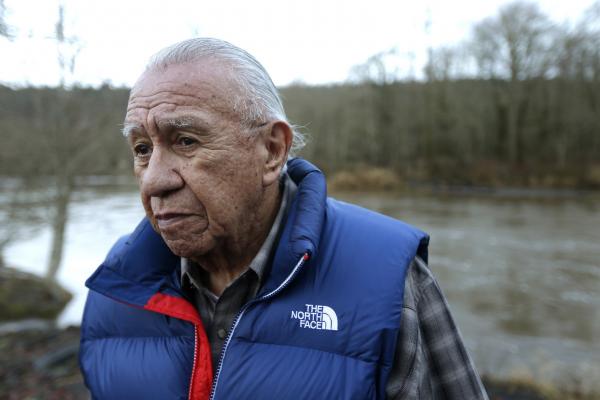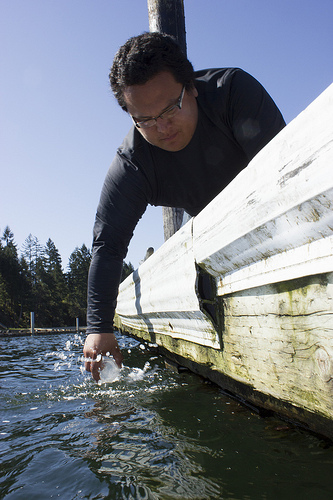The 22nd annual Salmon Homecoming Celebration being held September 18 to 20 at Waterfront Park in Seattle, Washington is dedicated to the life and memory of the late Billy Frank Jr., Nisqually, longtime defender of treaty rights and chairman of the Northwest Indian Fisheries Commission.
RELATED: Billy Frank Jr.: A World Treasure (1931 – 2014)
The celebration’s theme is “Man has responsibility, not power,” based on a traditional proverb of the Tuscarora Indian Nation.
Frank passed away on May 5 at the age of 83. He had been an adviser to and supporter of Salmon Homecoming throughout its history. “Billy understood the responsibility spoken about in that Tuscaroran proverb,” said Salmon Homecoming president Walter Pacheco, Muckleshoot. “He knew we are all responsible for the health of the salmon, the environment and the protection of the land, air and water.”
The event celebrates Native American culture and the importance of salmon—culturally, economically, environmentally and spiritually—to the people of the region. The celebration includes arts and crafts, environmental exhibits, visits to the Seattle Aquarium, storytellers, a salmon bake, a Northwest gathering and powwow, and a canoe welcoming event.
“For 22 years, the Salmon Homecoming Alliance has brought Native American culture and traditional environmental knowledge into the heart of Seattle, providing a unique opportunity for people from all walks of life to learn about and enjoy the many lessons and customs of the indigenous people of this land,” Pacheco said.
“It has always been our belief that everyone, regardless of age, gender or vocation is someone of great importance and—as the Tuscarora proverb indicates—has a responsibility to help take care of the land and natural resources needed to sustain future generations.”
Salmon Homecoming Celebration sponsors include Native American governments, the City of Seattle, the State of Washington and King County.
Read more at http://indiancountrytodaymedianetwork.com/2014/09/14/salmon-homecoming-dedicated-life-and-memory-billy-frank-jr-156805





